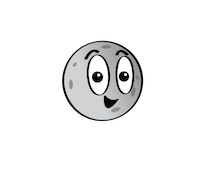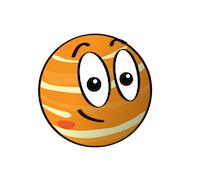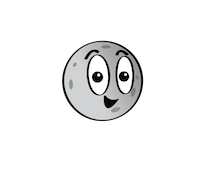Neptune is dark, cold, and very windy. It's the last of the planets in our solar system. It's more than 30 times as far from the sun as Earth is. Neptune is very similar to Uranus. It's made of a thick fog of water, ammonia, and methane over an Earth-sized solid center. Its atmosphere is made of hydrogen, helium, and methane. The methane gives Neptune the same blue color as Uranus. Neptune has six rings, but they're very hard to see.
Explore Neptune! Click and drag to rotate the planet. Scroll or pinch to zoom in and out. Credit: NASA Visualization Technology Applications and Development (VTAD)
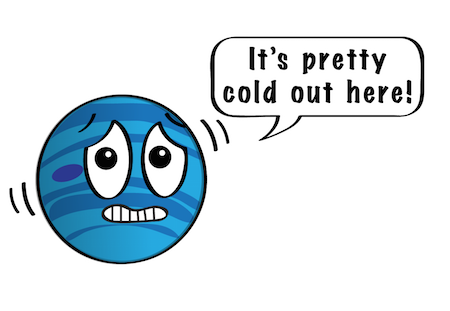
Structure and Surface
- Neptune is encircled by six rings.
- Neptune, like Uranus, is an ice giant. It’s similar to a gas giant. It is made of a thick soup of water, ammonia, and methane flowing over a solid core about the size of Earth.
- Neptune has a thick, windy atmosphere.
Time on Neptune
- One day on Neptune goes by in 16 hours.
- Neptune has such a long journey around the Sun it takes 165 Earth years to go around once. That’s a long year!
Neptune's Neighbors
- Neptune has 16 moons.
- Neptune is the eighth and most distant planet from the Sun. That means Uranus is Neptune’s only neighboring planet.
Quick History
- Neptune was discovered in 1846 by Urbain Le Verrier, John Couch Adams, and Johann Galle.
- Only Voyager 2 has visited Neptune.
What does Neptune look like?
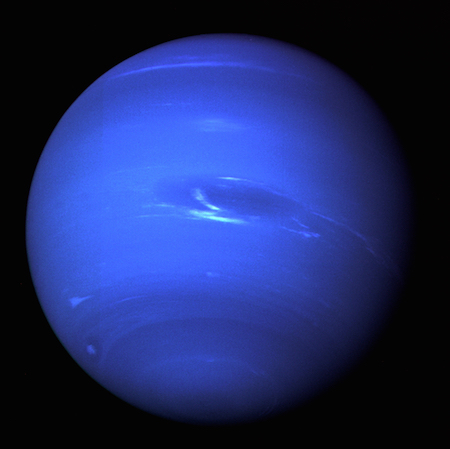
Voyager 2 took this picture of Neptune in 1989.
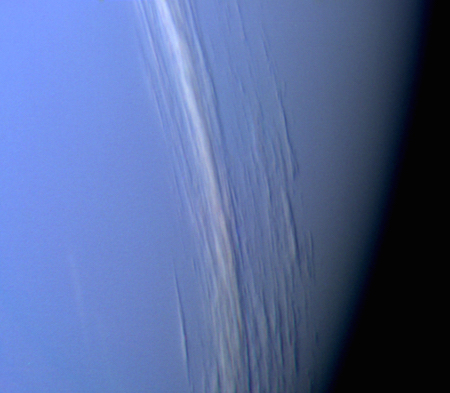
Clouds streak across Neptune.
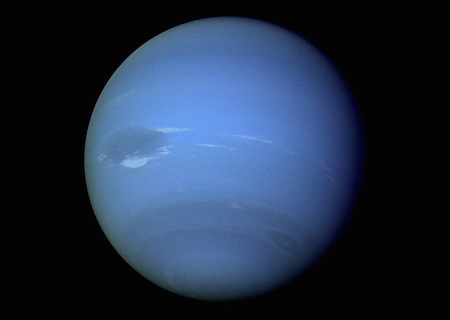
Neptune is a very cold, windy world.




